Each time a car company connects the word “hybrid” on a new car, people can quickly assume a few things of what the car will have, what it's like and what it can offer.
For instance, we can expect that this vehicle will be more fuel-efficient when compared to a standard gas-powered vehicle. We can also assume that the hybrid vehicle will utilize a combination of a gasoline engine and electric motor.
Hybrid cars become so popular because it's been advertised a lot, and various writings are tackling the new hybrid car technology – notably, gas-electric hybrids.
>>> Have you known all tips & tricks to get the most out of your hybrid cars?
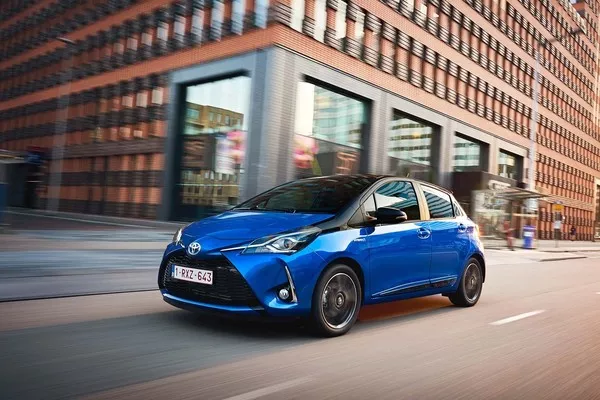
Hybrid cars become so popular because it's been advertised a lot
This concept is hard to shake mainly because most hybrid cars commercially available in the market are gas-electric hybrids.
However, what most people don’t know is that there are various classifications and types of hybrid cars, and a standard hybrid doesn’t exist.
In technical terms, a hybrid car is any form of transportation that utilizes two or more systems working to run the vehicle. These systems can either work separately or together to keep the car running.
Audi A6/A7 Mild Hybrid 48V real-life test (55 TFSI)
More often, hybrids are categorized by the nature of the power source. One of the most popular classifications of hybrid is the gas-electric.
This is because this type provides a nice middle-ground between the low emissions coming from the electric motor and the power from the gas engine. For example, gas-electric hybrids have different kinds– series hybrids, parallel hybrids, and a combination of the two.
There are also other means to differentiate hybrids, such as determining the degree of hybridization and identifying how the car takes advantage of the systems extensively.
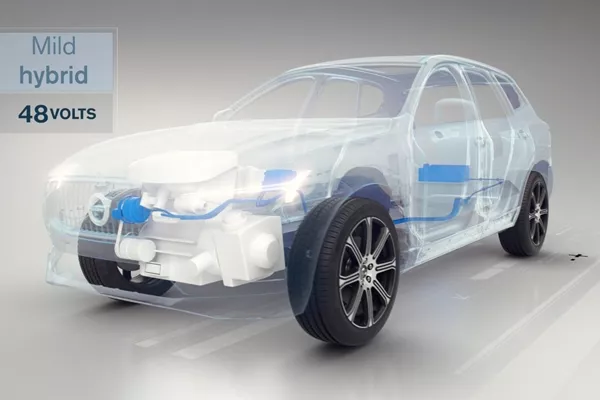
Hybrids are categorized by the nature of the power source
This article from Philkotse.com will tackle another type of hybrid referred to as "mild hybrid." Its name might be a bit odd – most especially because our impression with hybrid cars is that it will provide high mile-per-gallon average and great savings – and the mild type will only offer less of that.
Mild hybrid systems: Engine assist
Truth be told, mild hybrids don’t have many similarities with the more popular commercial hybrid vehicles. It’s not the same as what we often think about hybrids.
In fact, mild hybrid cars are more similar to conventional vehicles that are powered by gasoline engines than those more common gas-electric hybrids.
Before we define a mild hybrid, we should first identify the different degrees of hybridization.
>>> Learn more: Brief comparison: Diesel engine vs gasoline engine in the Philippines
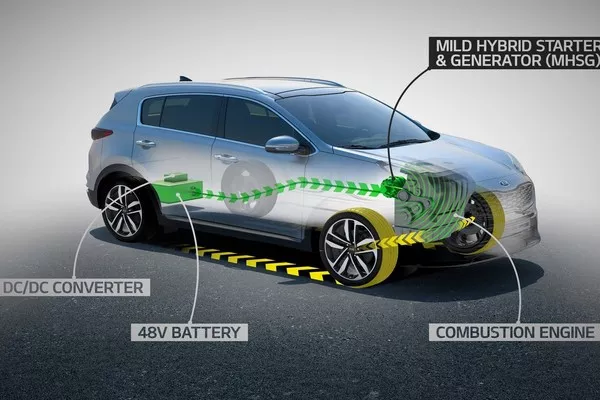
Mild hybrids don’t have many similarities with the more popular commercial hybrid vehicles
Full hybrid
This is the most popular and most common hybrid most people know. This type of hybrid typically uses 30 to 70 kilowatts of electric motor together with a gasoline engine.
The full hybrid’s electric motor will most probably be in use the entire time the vehicle is operating, and it will consume significant battery power. Ford Escape and Toyota Prius are examples of full hybrid cars.
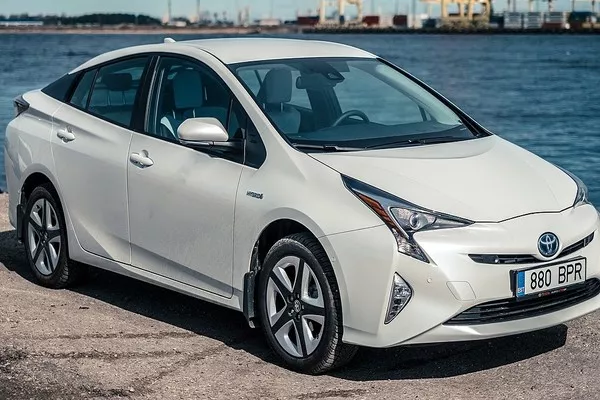
Toyota Prius is one of the most popular and most common hybrids most people know
>>> Check out: 5 things you should know about hybrid cars
Mild hybrid
Mild hybrid vehicles are still categorized as an electric-gasoline car, but the amount of time the car uses the electric motor is the main reason why it is referred to as mild.
The primary difference between full hybrid and mild hybrid is that the electric motor of the latter can't and will not actually run the car alone.
The mild-hybrid car still depends on the gasoline engine, which does all the grunt work. The electric motor's only responsibility is to assist the gasoline engine.
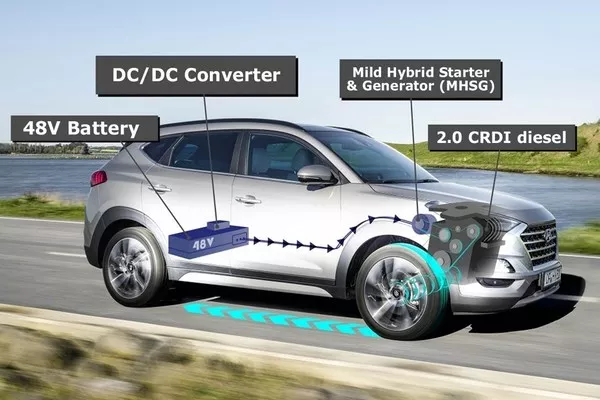
Mild hybrid vehicles are still categorized as an electric-gasoline car
The purpose of the electric motor in a mild hybrid cars
The main role of the electric motor in mild hybrid cars is to act as a power booster. The mild-hybrid system benefits a car by saving fuel because it shuts off the gas engine when the car is cruising, braking, or stopped.
It also helps the gasoline engine restart the car with improved efficiency. It is more efficient than the driver using the ignition switch to switch on and off the engine. Some mild hybrid systems can even capture mechanical energy when braking.
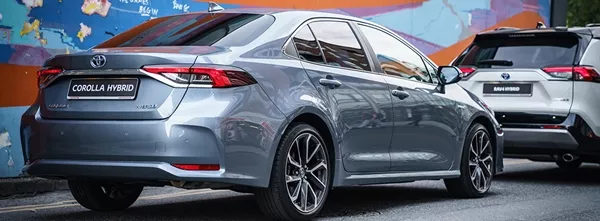
The main role of the electric motor in mild hybrid cars is to act as a power booster
>>> Worth reading: Hybrid cars in the Philippines: Pros & Cons and Differences from Electric cars
Other benefits of mild hybrids
Mild hybrids might not have the same fuel efficiency as what full hybrid can provide. However, it can still help increase fuel savings than using a conventional car powered solely by the gasoline engine.
As a matter of fact, this type of hybrid system can improve the car’s fuel efficiency by 10 to 15 percent.
This type of hybrid has a low price tag. The main reason behind that is because they are not as sophisticated as full hybrids. Since it costs less to produce a mild hybrid, it will be less expensive in dealerships.
>>> Relevant article: 10 myths about fuel efficiency that every Filipino driver should know
What is a Mild Hybrid Engine? A look at 48 Volt battery technology
Mild hybrids are also lighter because their batteries are smaller. The battery of this hybrid tends to recharge from regenerative braking. Some standard hybrids can do this, but not all, which makes the mild-hybrid systems more efficient.
Mild hybrids also have downsides just like anything else. Since this hybrid cannot run and depend solely on electric power, they tend to release more CO2 emissions compared to conventional hybrids.
It is the main reason why it's less appealing for company-car users. It is also not recommended for drivers who want to drive through town, depending only on electric power.
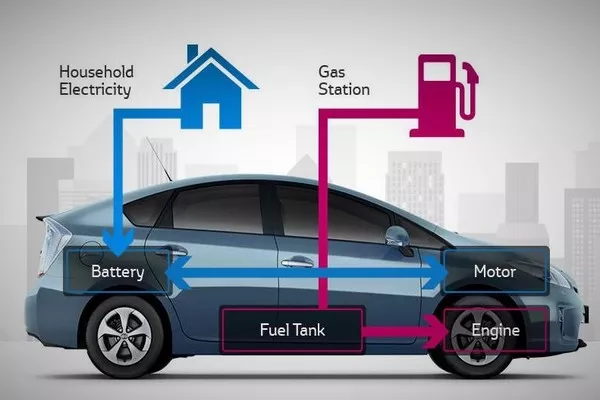
The main role of the electric motor in mild hybrid cars is to act as a power booster
>>> Let's update: All-new Honda Jazz/Fit 2020 unveiled: Will we get the hybrid version?
Mild hybrid vehicles may not be as prevalent as full hybrids, and some car manufacturers still produce this type of car, including General Motors, Honda, Chevy, and BMW.
You might wonder if a mild hybrid feels different than a conventional car. Well, not really. Most hybrid systems, as aforementioned, improve the vehicle’s start-stop feature.
This means you may coast to a stop without engine power instead of having the engine cut out at the last minute. Some mild hybrid systems provide additional assistance when accelerating.
In addition, a slight difference can also be felt when braking – meaning, if you lift off the throttle, for instance, the vehicle slows down as if you already applied brake pressure.
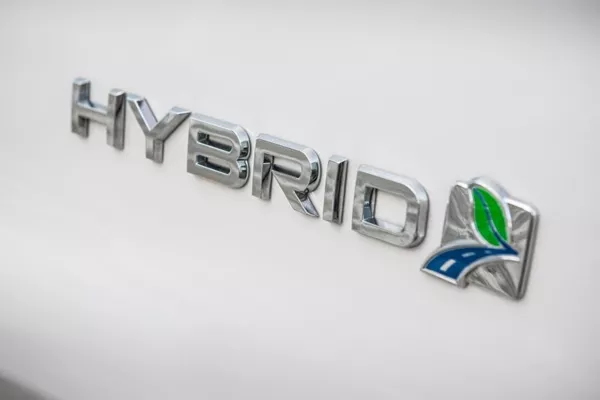
You might wonder if a mild hybrid feels different than a conventional car
Recent posts
- List of Toyota Hybrid cars Philippines with price list, specs and brief review Apr 08, 2021
- Take a first look at the Lamborghini Sian, the brand's first hybrid car Apr 06, 2021
- Toyota updates 200,000 km/5 year warranty for Toyota Corolla Altis Hybrid 2020 batteries Sep 15, 2020
- New Ferrari V8 Hybrid confirmed to debut this 2019 Apr 16, 2019
- 10 reasons why you shouldn't buy a used hybrid car Mar 20, 2019












